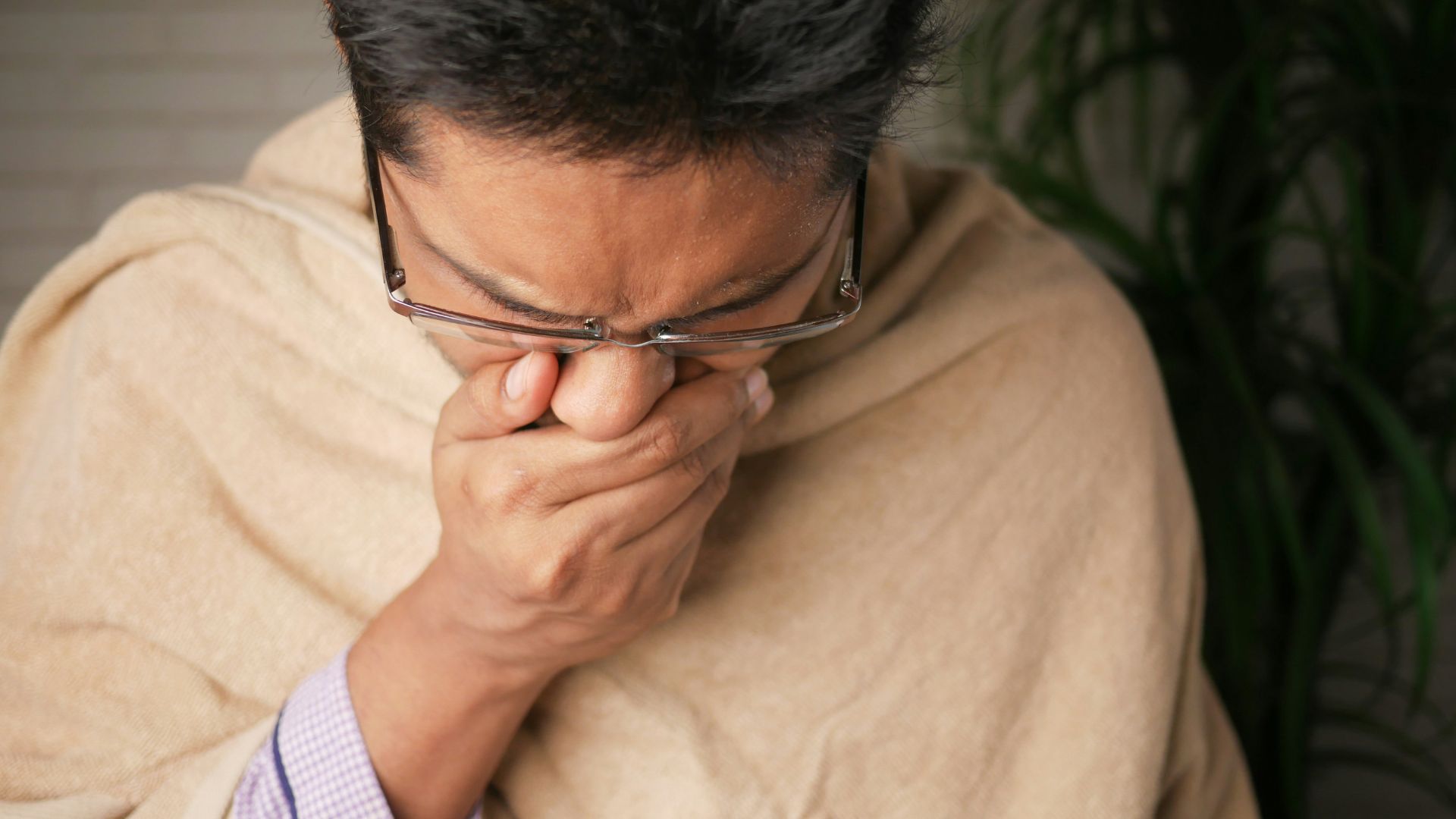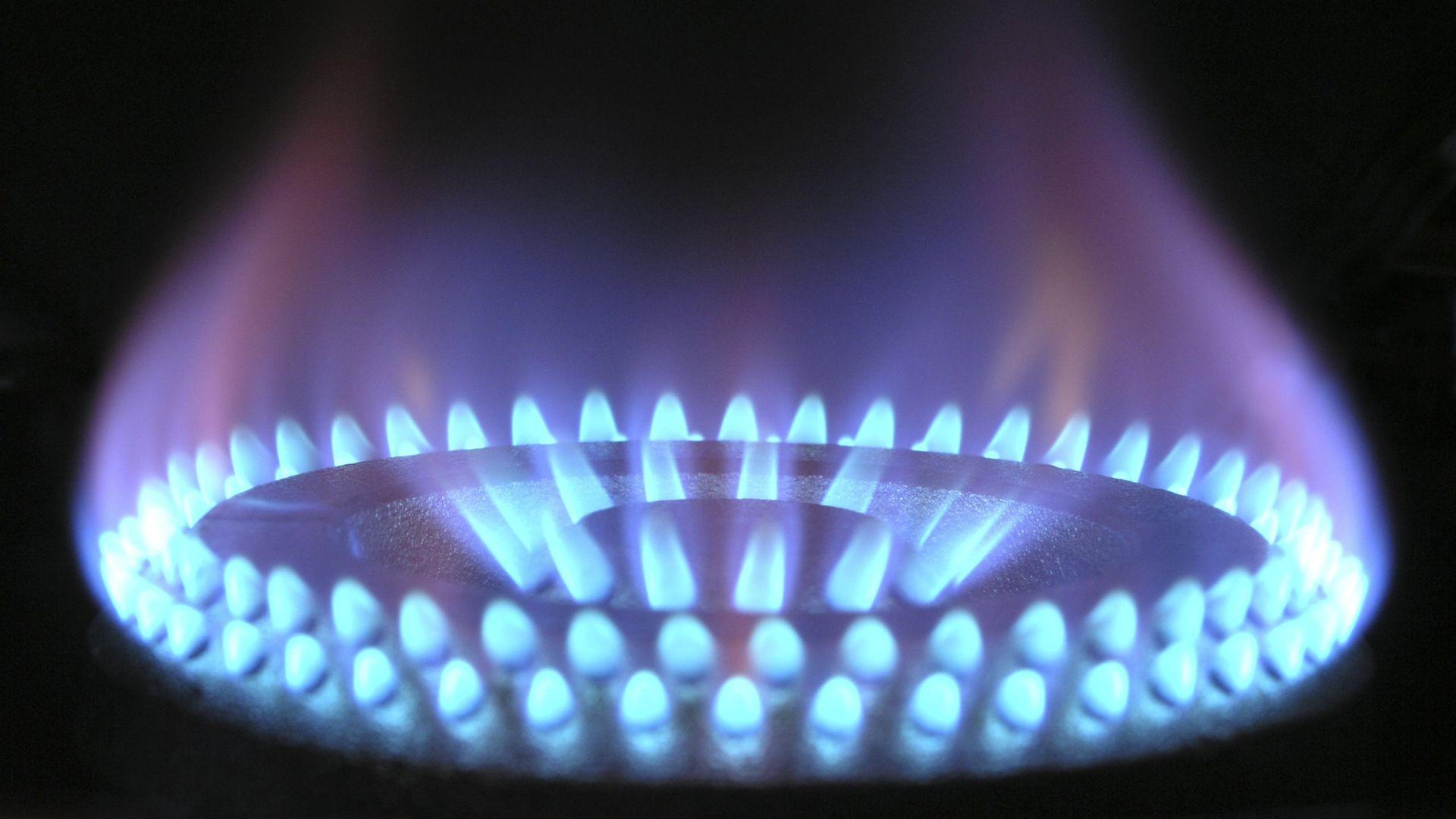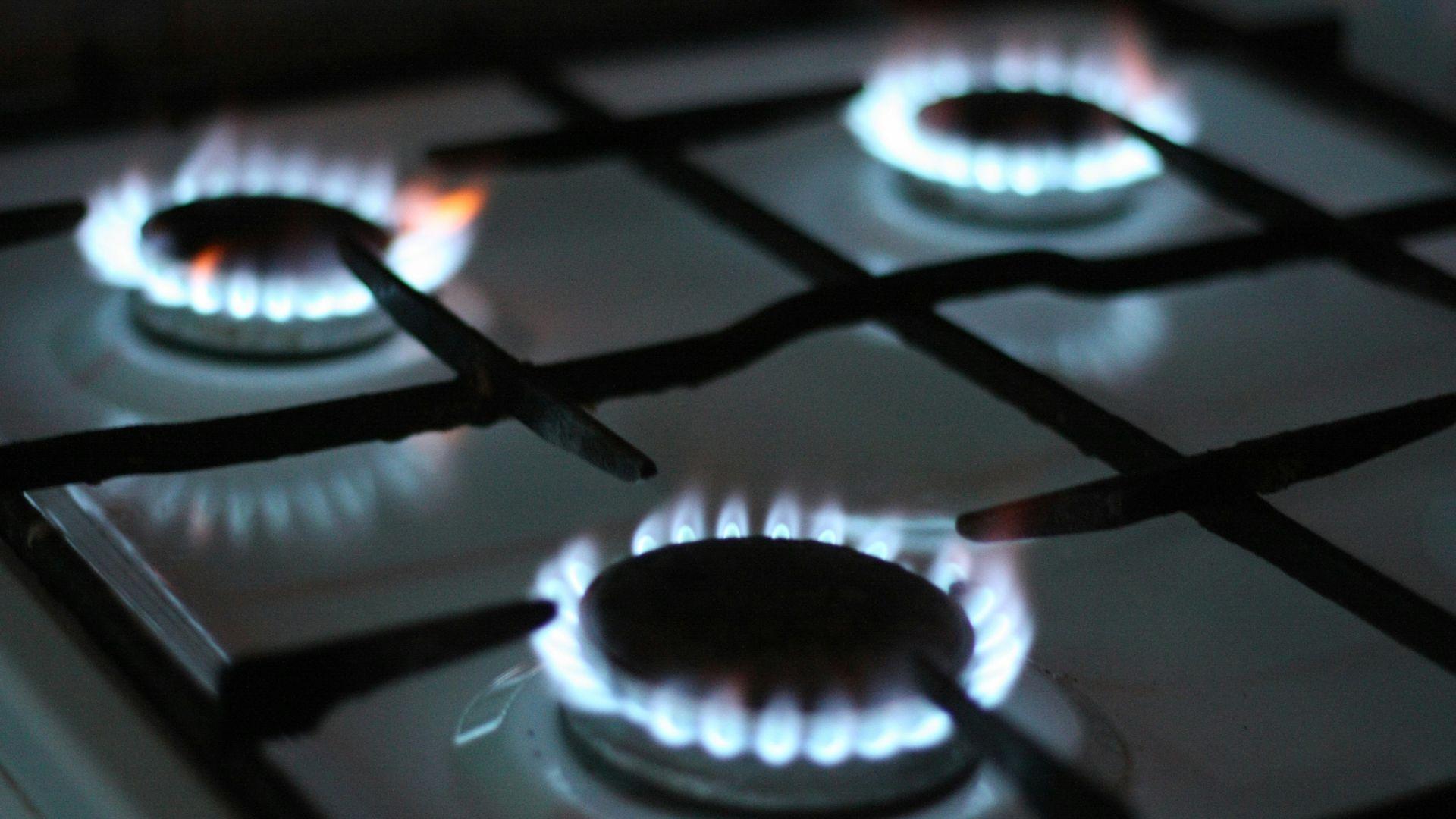As California legislators push for new health warnings on gas stoves, Assemblymember Gail Pellerin supports the move, citing the need for consumer awareness of the respiratory risks linked to stove emissions.
“This bill will help the purchaser make more informed decisions about gas stoves and oven appliances,” Pellerin explains. The proposal, which requires labels on new gas stoves sold after 2024, highlights pollutants like nitrogen dioxide and carbon monoxide.
The Legislative Journey of Gas Stove Warnings

The California State Assembly recently passed a proposal requiring warning labels on gas stoves, aiming to combat respiratory illnesses. The bill, which garnered support largely along party lines, is now headed to the state Senate for further discussion.
This legislative move reflects California’s ongoing commitment to public health and consumer safety in response to emerging data on indoor air pollutants.
Understanding the Need for Warnings

“Despite the growing body of evidence about the health risks of gas stoves, most of this isn’t common knowledge,” stated Assemblymember Gail Pellerin.
The proposed labels aim to inform consumers about the risks of pollutants such as benzene, which can exacerbate respiratory issues and increase leukemia risks, especially in children.
Critics Argue for Alternative Measures

Opponents of the new legislation argue that improving ventilation is a better solution than adding warning labels.
They believe that enhanced building codes and better ventilation systems in homes could more effectively address the issues of indoor air quality, without the need for potentially alarming consumers with labels on their appliances.
Pollutants from Gas Stoves

The proposed warning labels on gas stoves would alert users to the potential dangers of inhaling chemicals like nitrogen dioxide, carbon monoxide, and benzene.
These pollutants are known to exacerbate pre-existing respiratory conditions and increase the risk of developing severe health issues, including asthma and leukemia, particularly in children. The labels also suggest that proper ventilation can reduce these risks.
Comparative Legislation Across the States

California’s initiative mirrors actions in other states, such as New York, which passed a law banning natural gas stoves in new buildings starting in 2026.
This reflects a growing national awareness and legislative response to the health risks associated with indoor air pollution from gas stoves.
California’s Proactive Legacy in Consumer Safety

Historically, California has led with laws that mandate transparency about health risks from consumer products.
A law from the 1980s already requires warnings if products expose people to significant amounts of chemicals causing cancer, birth defects, or other reproductive harm. The new proposal builds on this legacy by expanding the scope to include respiratory illnesses.
Public Health Perspectives on Indoor Pollution

Dr. Lisa Patel, a pediatrician and public health advocate, emphasizes the significance of the new data on gas stoves.
“We’re going through another moment where something that feels like an institution in our homes, suddenly we’re being told that it’s bad for our health,” Patel notes.
The Importance of Effective Ventilation

To mitigate exposure to harmful emissions from gas stoves, the California Air Resources Board recommends using a range hood that vents outdoors.
For homes without range hoods, using a fan or opening windows while cooking is advised to help disperse potentially harmful pollutants.
Industry Reactions to the Proposed Labels

The Association of Home Appliance Manufacturers opposes the bill, with spokesperson Jill Notini arguing, “Adding yet another label to gas cooking products does not address the overall concern of indoor air quality while cooking.”
The industry argues that all cooking methods can produce harmful pollutants, especially at high temperatures.
Cultural Debates Over Kitchen Choices

The controversy surrounding gas stoves has evolved into a broader cultural debate, reflecting deep divisions over consumer choice, public health, and environmental policies.
This debate shows the complex dynamics at play as society grapples with balancing tradition and safety in the kitchen.
What Comes Next in California?

As the bill moves to the California Senate, the future of gas stove regulations hangs in the balance.
This next legislative step could set a precedent for how health warnings are implemented on household appliances, potentially influencing future consumer safety measures both in California and nationwide.
